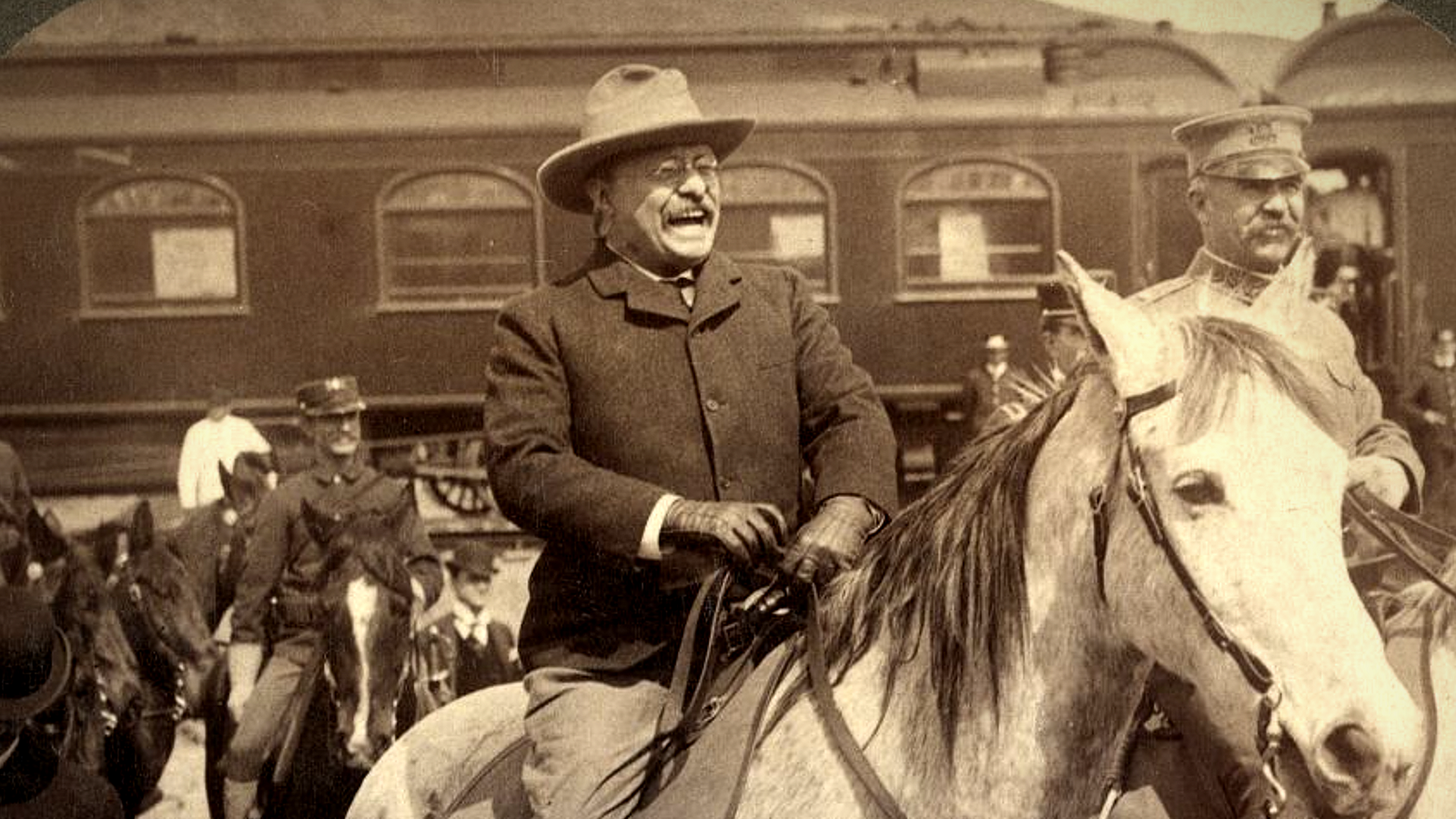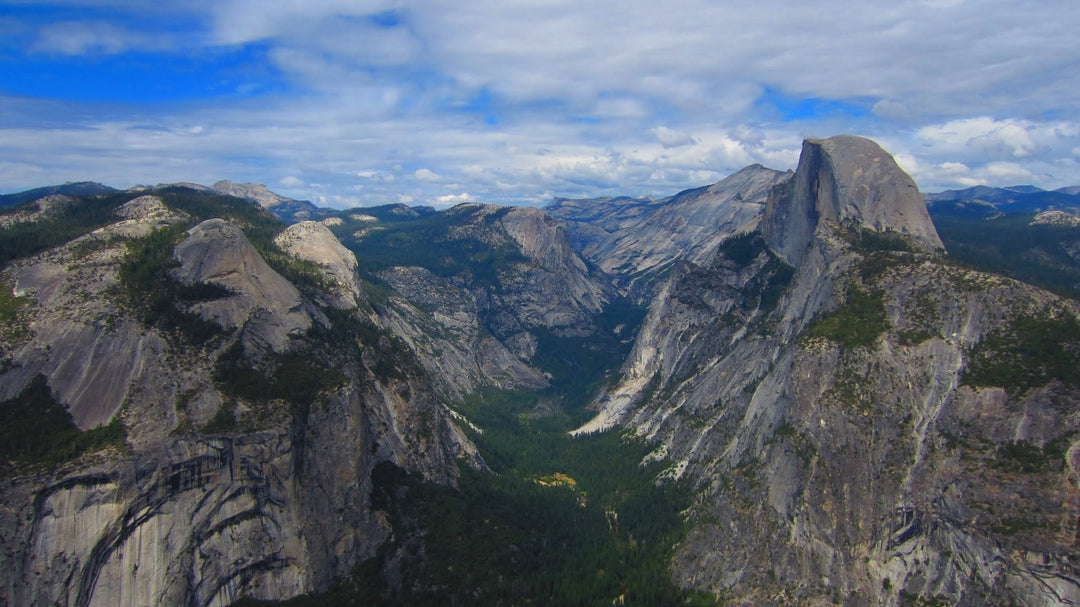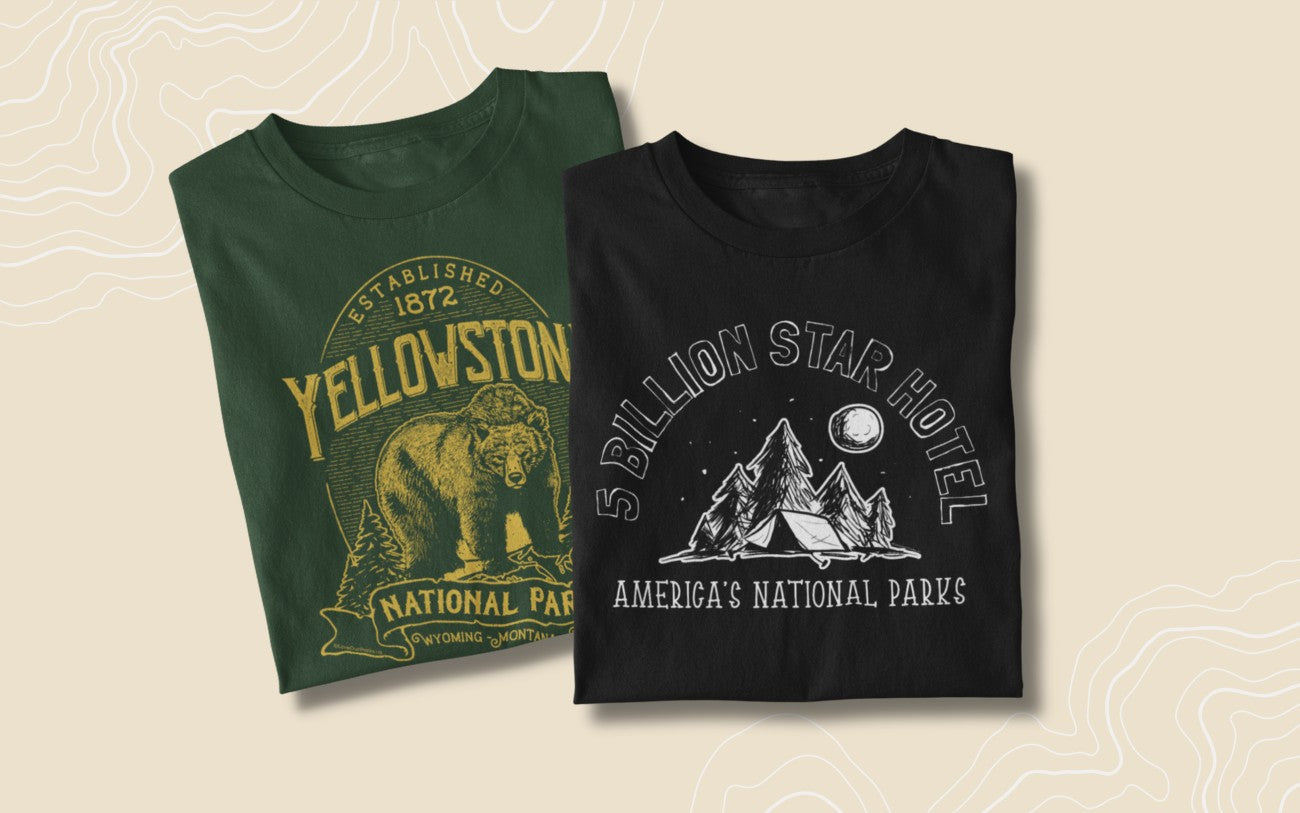Theodore Roosevelt: Conservationist President Who Shaped Our National Parks

Theodore Roosevelt, often nicknamed "Teddy" or the "Conservation President," left an undeniable mark on American history. His influence extended far beyond the political sphere, shaping the very landscape of the United States through his dedication to preserving its natural wonders. While the National Park Service itself wasn't established until 1916, Roosevelt's actions as president laid the groundwork for this crucial agency and dramatically expanded the nation's protected lands.
Roosevelt's passion for conservation stemmed from his early life. Frail as a child, he found solace and strength in the outdoors, particularly during his time spent ranching in the Dakota Territory. These experiences instilled in him a deep appreciation for nature and a growing concern about its exploitation.
Upon becoming president in 1901, Roosevelt wasted no time in pursuing his conservation goals. He believed that these lands belonged not just to the current generation, but to future ones as well. One of his key achievements was the establishment of the United States Forest Service (USFS) in 1905. The USFS played a vital role in managing and protecting vast stretches of public forests.
But Roosevelt's ambitions extended beyond forests. He recognized the significance of unique natural wonders and actively sought to preserve them. During his presidency, he signed legislation establishing five new national parks: Crater Lake (Oregon), Wind Cave (South Dakota), Mesa Verde (Colorado), Platt (Oklahoma), and Sullys Hill (North Dakota). Notably, this doubled the number of national parks existing at the time.
However, Roosevelt's most significant contribution to the National Park System may not have been through direct park creation. In 1906, he signed the Antiquities Act, a powerful piece of legislation that granted him the authority to designate specific areas of federal land as national monuments. Roosevelt understood the act's potential and readily used it. By the end of his presidency, he had established a remarkable 18 national monuments, including iconic landmarks like Devils Tower (Wyoming) and the Grand Canyon (Arizona). These monuments, along with the national parks he created, significantly expanded the scope of federally protected lands.
Roosevelt's conservation efforts weren't limited to establishing parks and monuments. He also championed the protection of wildlife. He signed legislation creating national bird sanctuaries and game preserves, recognizing the importance of maintaining ecological balance. Roosevelt understood that preserving the beauty and grandeur of the natural world went hand-in-hand with protecting the creatures that inhabited it.
The legacy of Theodore Roosevelt's conservation efforts is undeniable. By the time he left office in 1909, he had safeguarded an estimated 230 million acres of public land. When the National Park Service was finally established in 1916, it inherited a system significantly shaped by Roosevelt's foresight and dedication. There are even six National Park Service sites dedicated to his life and legacy, a testament to his enduring impact.
Theodore Roosevelt's story is one of leadership, vision, and a deep respect for the natural world. His tireless work as president not only shaped the National Park System but also inspired generations of Americans to appreciate and protect the irreplaceable beauty of their country's wild places.












